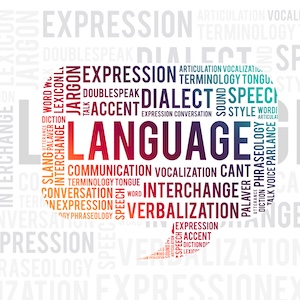The linguistic foundations of the mediatization of communities in digital culture

HTML: 92
All claims expressed in this article are solely those of the authors and do not necessarily represent those of their affiliated organizations, or those of the publisher, the editors and the reviewers. Any product that may be evaluated in this article or claim that may be made by its manufacturer is not guaranteed or endorsed by the publisher.
This article argues that the information age reveals a new, hitherto unknown dimension of the community-building role of linguistic communication. This new linguistic structure, based on the convergence of different ways of using language, creates conditions for the synthesis of different forms of communities. We are increasingly witnessing a specific semantic change accompanying semiotic globalization that affects the structure, grammar, and vocabulary of increasingly stratified and group languages. As this study tries to highlight, this process involves a convergence of language use patterns between different communities in the sense of the convergence of imagery as a feature of electronic communication. This imagery acts as a global requirement for written and spoken expressions in national languages, thus pushing the language-use patterns of each community towards a single imagery of meaning. The study aims to point out that the specific linguistic world of electronic communications is the basis for the synthesis of the social forms associated with these uses of language through the semantic, grammatical, and stylistic convergence of oral and written language. The frequent alternation or combined use of technologies that presuppose literacy and orality can lead to the emergence of physical-virtual hybrid communities–the network society–in the spirit of this global linguistic culture that is becoming visual. The emergence of these new physical-virtual hybrid communities presupposes the emergence of a language based on the interaction of new communication technologies, which will leave its mark on the development of all national languages and is no longer confined to the world of e-mail and SMS.
How to Cite

This work is licensed under a Creative Commons Attribution-NonCommercial 4.0 International License.
Copyright (c) 2025 The Author(s)
PAGEPress has chosen to apply the Creative Commons Attribution NonCommercial 4.0 International License (CC BY-NC 4.0) to all manuscripts to be published.

 https://doi.org/10.4081/peasa.38
https://doi.org/10.4081/peasa.38



